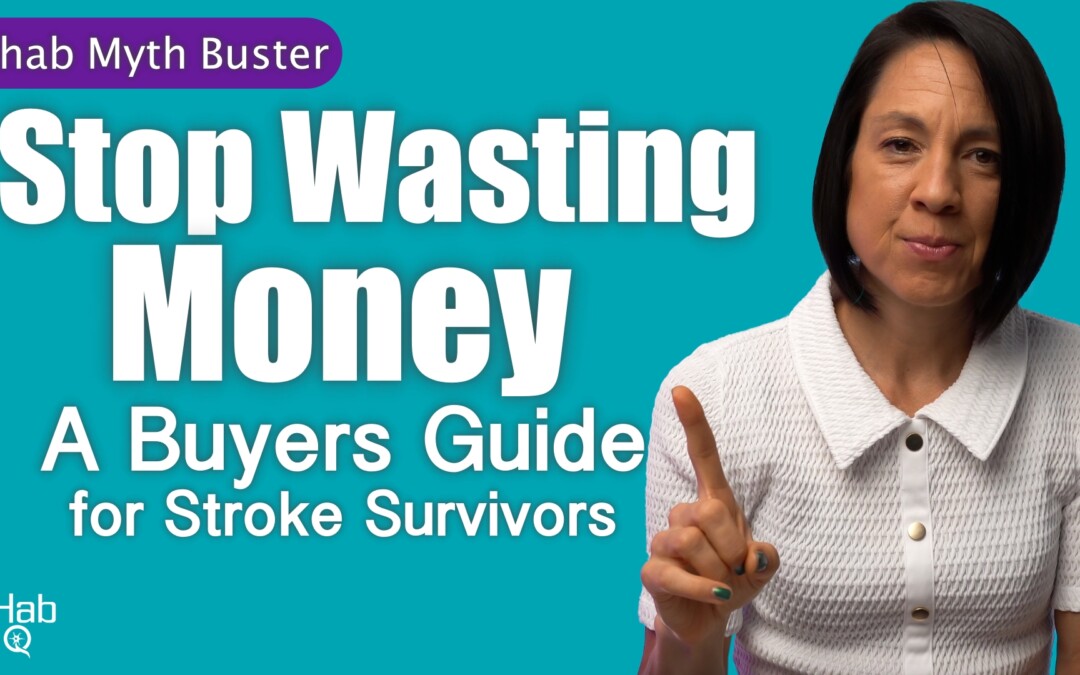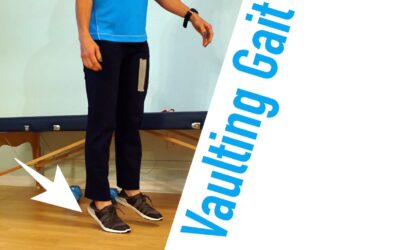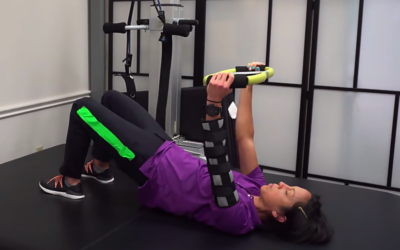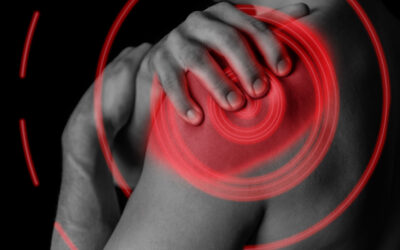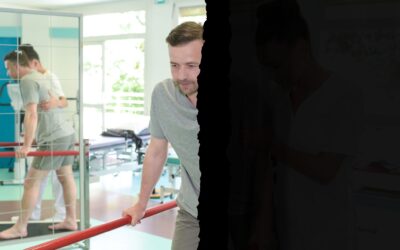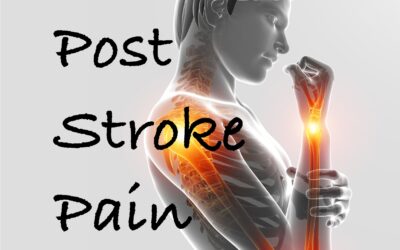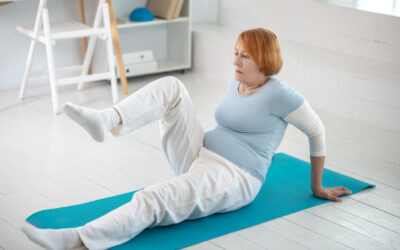Are Trendy Rehab Treatments and Devices Worth It? Here’s My Honest Take
Should you be spending your hard-earned money on all those rehab devices popping up in your social media feed?
And if so, which one is actually worth it?
The truth? There are way too many gadgets and “miracle” tools out there for me (or anyone) to test them all. But honestly, a tool is just a tool. No one device is magic. What really matters is how you use it and whether it fits into the foundation of your recovery.
So instead of reviewing every new thing out there, I want to give you a simple 4-point checklist you can use to decide if a device is actually worth your time and money.
✅ 1. It Should Never Replace Movement Retraining
If you remember one thing, make it this: the brain rewires through movement.
No injection, no red light, no fancy chamber can replace that. You’ve got to do the reps.
Even if tomorrow someone invented an instant “brain repair” injection, you’d still need to retrain those neurons, kind of like rebooting an old computer and reinstalling the software. So if a device means less time for physical therapy, skip it.
✅ 2. The Risk Should Be Basically Zero
Be cautious with any intervention that changes your physiology, like oxygen chambers or stem cell injections.
Right now, there just aren’t a lot of large, high-quality studies in stroke rehab. So my rule of thumb is: if there’s no risk, and you have extra time, fine, try it. But if there’s any chance of harm, it’s not worth it.
And be careful where the study comes from. If the research was paid for or run by the company that makes the device, that’s a red flag.
✅ 3. It Shouldn’t Strain Your Finances
Here’s the deal, if you have to check your budget before buying a device, it’s not worth it. Recovery is already stressful. Don’t add financial pressure on top.
If you have the extra money and it checks the first two boxes, fine. But if buying a device means reworking your budget or stressing over bills, I’d say save your money.
There’s simply not enough evidence that any device alone can deliver major results.
✅ 4. Look for Independent Research
If a product claims to be “the best” or “a breakthrough,” but the only proof is glowing reviews from people selling it… pause. Real progress takes consistency, not shortcuts.
That doesn’t mean the product doesn’t work for anyone. Some people do see benefits. But if there’s no independent research, and all you’re seeing are testimonials, be careful.
If you decide to try something new, make sure you’re still doing your daily movement practice and tracking real progress. And if you stop improving, it might be time to move on.
The Four Pillars Before You Buy Anything
Before you even think about investing in gadgets, these four pillars have to be dialed in:
- Nutrition – Your brain needs clean fuel. If you’re eating ultra-processed foods, your body spends all its energy dealing with the junk instead of supporting brain repair.
- Movement – Get your heart rate up. More blood flow means more oxygen to the brain which means more efficient rewiring.
- Sleep – 7–9 hours of good, quality sleep lets your brain “clean house.”
- Mindset – Probably the hardest one, but it’s huge. You’ve got to accept where you are, focus on what you can do, and keep looking forward. The most successful patients I’ve seen are the ones who stay hopeful, even on tough days.
If those aren’t in place, no device in the world will make up for it.
Final Thoughts
I know how tempting it can be to hope for the one device that changes everything, but I promise you, the real magic is in consistency and repetition.
If you’re doing your therapy, taking care of your sleep, your body, and your mindset, that’s where the biggest changes happen.
And if you ever feel stuck or overwhelmed with what to focus on between therapy sessions, feel free to explore our Rehab HQ Membership Plans, to give you structure, community, and access to me and my team each month. You’ll get the same home exercises I give my in-person patients, along with Q&A sessions and monthly webinars to keep you moving forward.
👉 To learn more you can schedule a discovery call.
Keep showing up, keep doing the work, and remember, you don’t need fancy tools to make real progress.
Articles you may be interested in
Vaulting Gait After a Stroke
Vaulting is a walking abnormality where someone will rise up on their toe to ensure their “swinging” leg clears the ground. Under normal conditions, the swinging leg must “shorten” as it passes by the ground. To “shorten” the leg the knee must bend and the foot must...
Have you lost the ability to dissociate body movement?
One big problem after a stroke or brain injury is the inability to dissociate body movement. Movement dissociation is the ability for segments of the body to move independent of other segments. In other words, body parts (and their movement) want to "couple together"...
Frozen shoulder and its link to post stroke shoulder pain
Frozen shoulder, also called adhesive capsulitis is one of the most prevalent causes of post stroke shoulder pain. It is a condition that is characterized by shoulder joint stiffness and pain. Other neurologic injuries can also cause this condition. Such as multiple...
Hemineglect after a stroke: When half the world is missing
hemineglect is a condition where someone loses the ability to attend to, sense, and/or perceive information on one side. This condition is also referred to as unilateral neglect, spatial neglect, and/or hemispatial neglect. Several neurologic condition can cause this...
The Voice
Some call it intuition. Others might call it a “gut” feeling. And for those who believe in a higher power, “a direct message from God”. You know, that little voice that prompts you to take action. Yeah, that voice. In the past 20 years, I have had the pleasure of...
Post Stroke Pain: Diagnosis and Treatment
Pain is a common symptom after a stroke. Unfortunately, pain can be a significant barrier to regaining function. In some cases, there is an identifiable cause related to a movement or a structural problem. The rehab team can identify this, prescribe the...
Advanced Exercise: Walk without fear of falling
How do you regain the ability to walk without fear of falling? Fear of falling is a MAJOR concern for a lot of people. In the early stages of rehabilitation, the goal is to regain movement control at the hip, knee, and ankle. This is necessary to ensure that someone...
Tips for effective physical therapy at home after a stroke
An effective physical therapy program at home after a stroke is the most critical component for a successful recovery. I dare say MORE important than face to face time with your therapists. As someone who earns a living by treating patients (in person), this is a...
Blessings in disguise
Life isn’t always easy. I am probably not telling you anything you don’t already know. No one is exempt from challenges in life. Some go through more challenges than others. I have learned to be content with NOT (always) figuring out why. But I know that is not...
What Causes a Clenched Hand After a Stroke
A stroke can cause a wide range of problems in the arm. One of the major causes of disability after a stroke is a clenched hand. The most common cause for a clenched fist is spasticity. If left “unmanaged”, spasticity creates muscle shortening which will result in...

